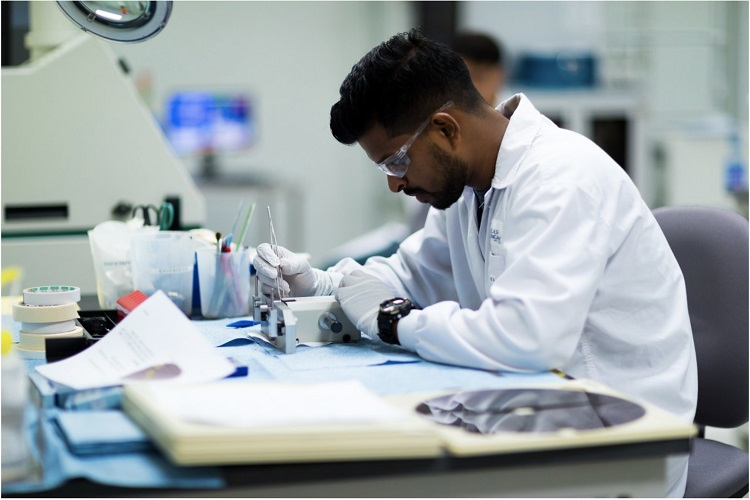Recently, news of a total shortage of chips has been replaced by information about the easing of the situation. In addition, according to some reports, TSMC is asking its employees to go on vacation, as computer manufacturers have significantly reduced order volumes and smartphone manufacturers’ orders have decreased even more and the trend will continue into 2023. Meanwhile, while some manufacturers have no shortage of semiconductors, many companies still suffer from severe shortages.
Image source: micron
According to Forbes, albeit leading customers TSMC – Apple, AMD, Intel, MediaTek, NVIDIA and Qualcomm are constantly developing more and more advanced technical processes, at the moment they are very “conservative” in terms of sales forecasts and, therefore, order release. In other words, major electronic component suppliers don’t need many chips yet.
This is not surprising, as demand in this sector is largely driven by demand for PCs, which Gartner said soared to record highs in April 2021, the sales of the top six PC manufacturers grew at a percentage rate to double digits and Chromebooks have grown even three digits for some time. This trend might not last forever, and data has already appeared on the sale of individual Chromebook models for literally $ 79 (in the US) – even the components for them are more expensive, but the market is already crowded and the demand is met by almost years to come. At the same time, in order to release new models, manufacturers have to empty their warehouses of old ones and there is no need to expect a high demand for components in this segment in the near future.
For example, during its latest earnings report, Micron Technology reported that demand in calendar year 2022 will on average be below supply, leading to a high build-up of inventory in supplier warehouses. Scarcity usually triggers large-scale investments in building new capacity and developing new technical processes, as a result, an overproduction crisis occurs from time to time. There is a surplus in many areas, but not all. Notably, there isn’t an abundance in the car chip market.
The fact is that most of the semiconductors for cars are produced according to the so-called. “mature” technical processes, most of the demand is for 90 nm semiconductors. It was these that were considered the most advanced solution around 2002, 20 years ago. However, they are quite in demand, as many components simply do not need state-of-the-art technology, and the process of switching to them is expensive and time-consuming.

Image source: BMW
Factories continue to use old production tools, and as this segment is not the most profitable, there was no need for most manufacturers to invest in new facilities. Such semiconductors were already in short supply at the start of the pandemic and in 2020 there was a period of around eight weeks in which, due to health restrictions, most car manufacturers had to partially or completely suspend construction, after which they withdrew their equipment. orders for semiconductors.
Meanwhile, explosive growth in other industries requiring the use of chips has led to “obsolete” production being fully loaded and, according to Forbes, when automakers tried to restart orders, lead times for them they have risen catastrophically – they still can’t keep up with a deficit.
In other words, the semiconductor market is heterogeneous and today it is impossible to say that it is experiencing a decline or an increase in general.
If you notice an error, select it with the mouse and press CTRL + ENTER.


